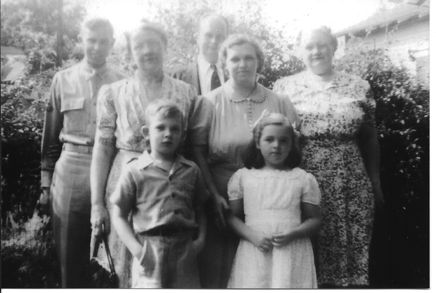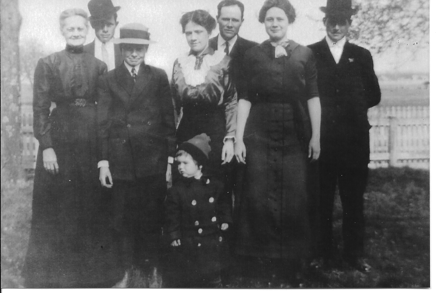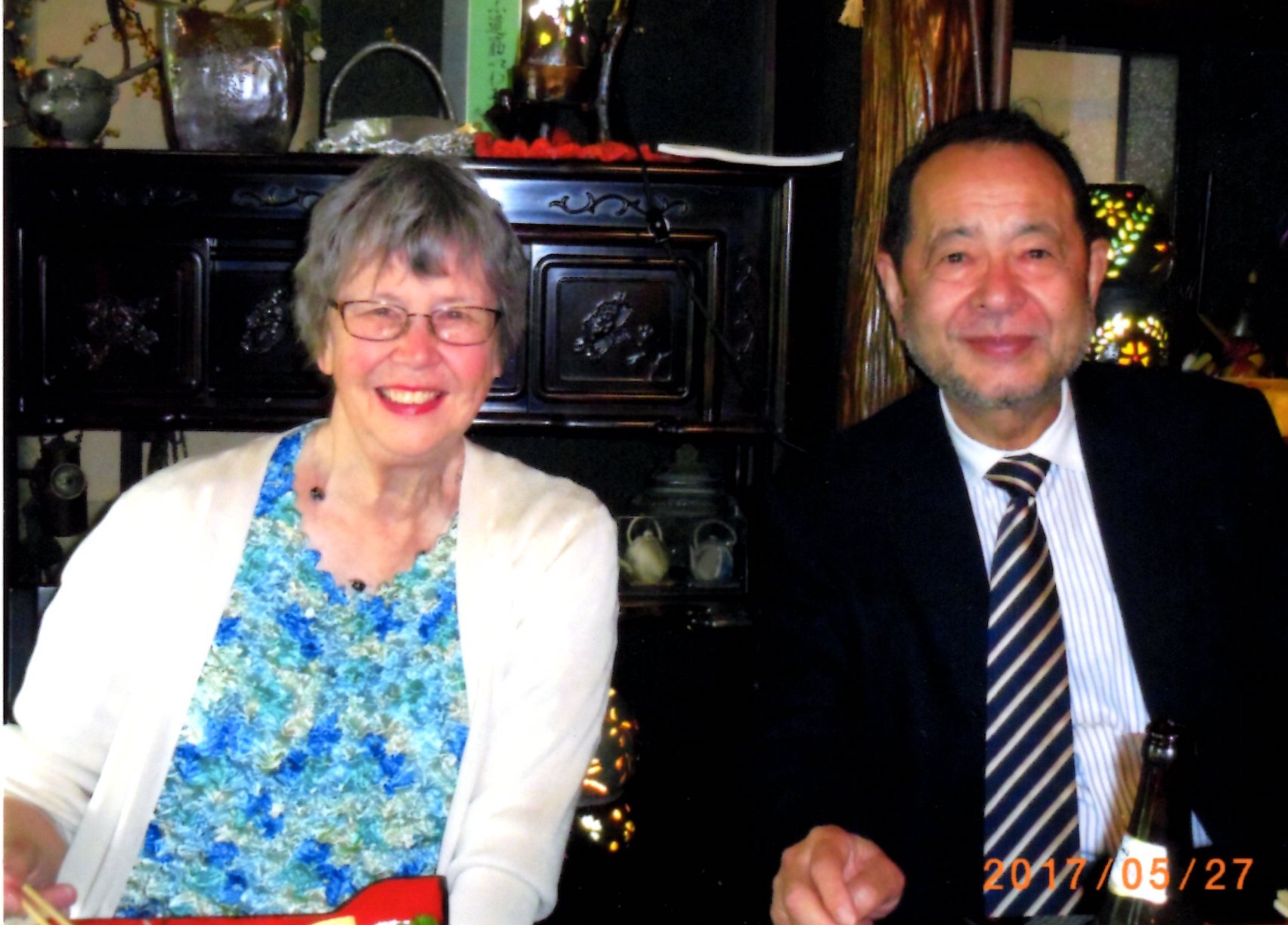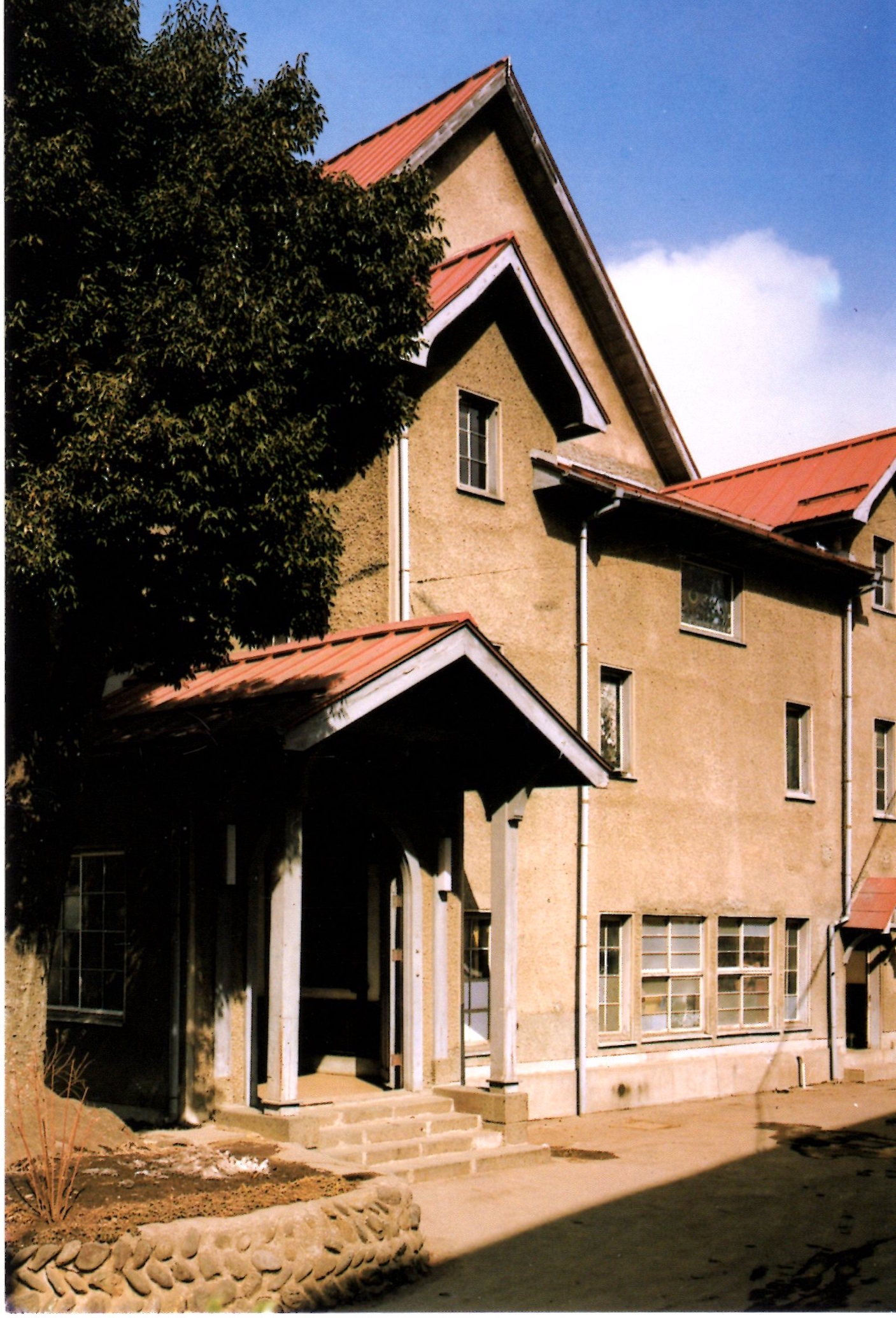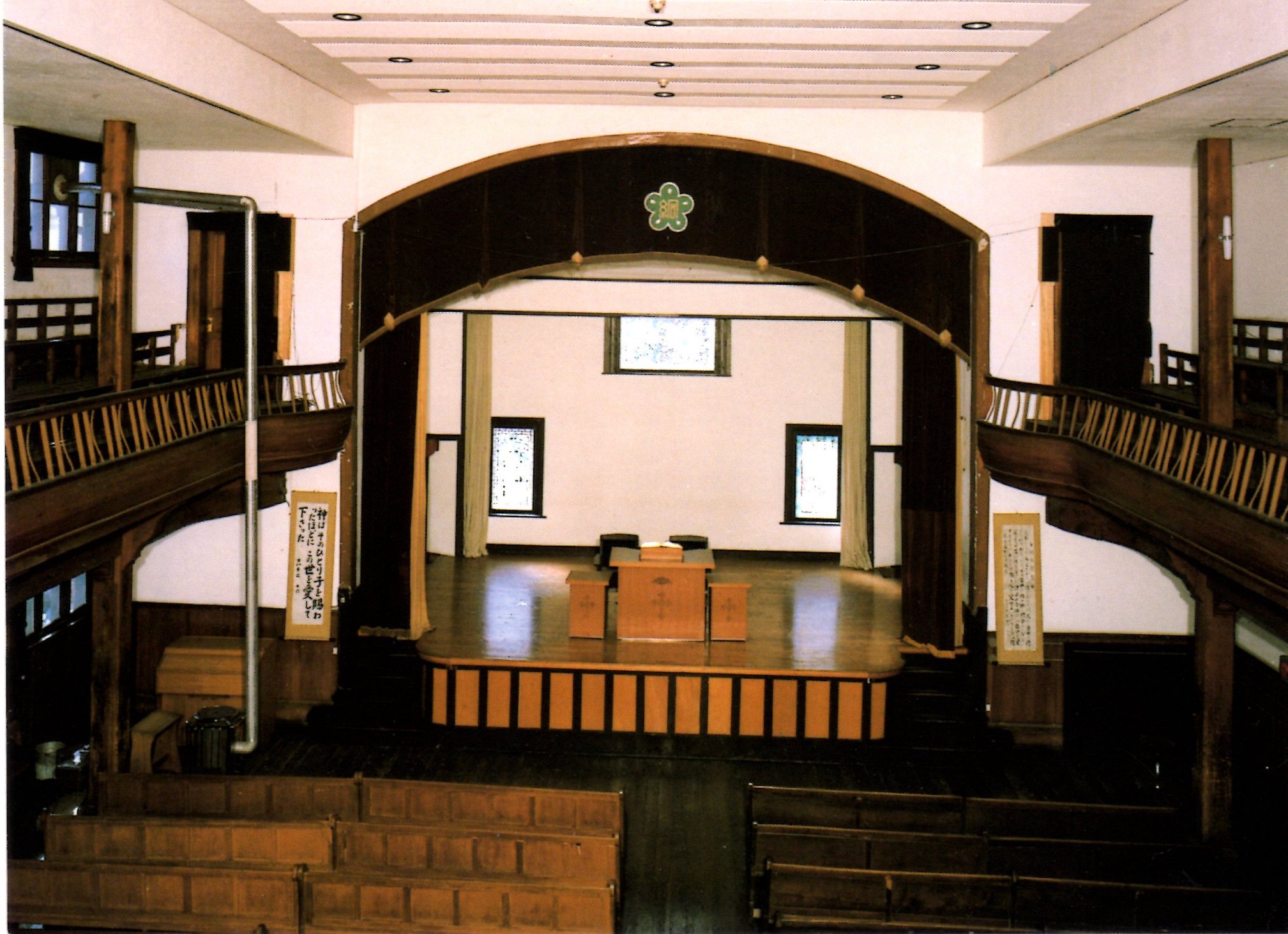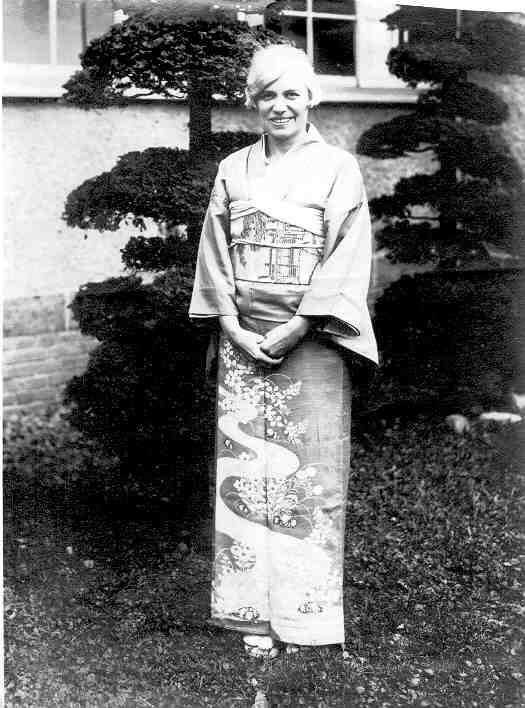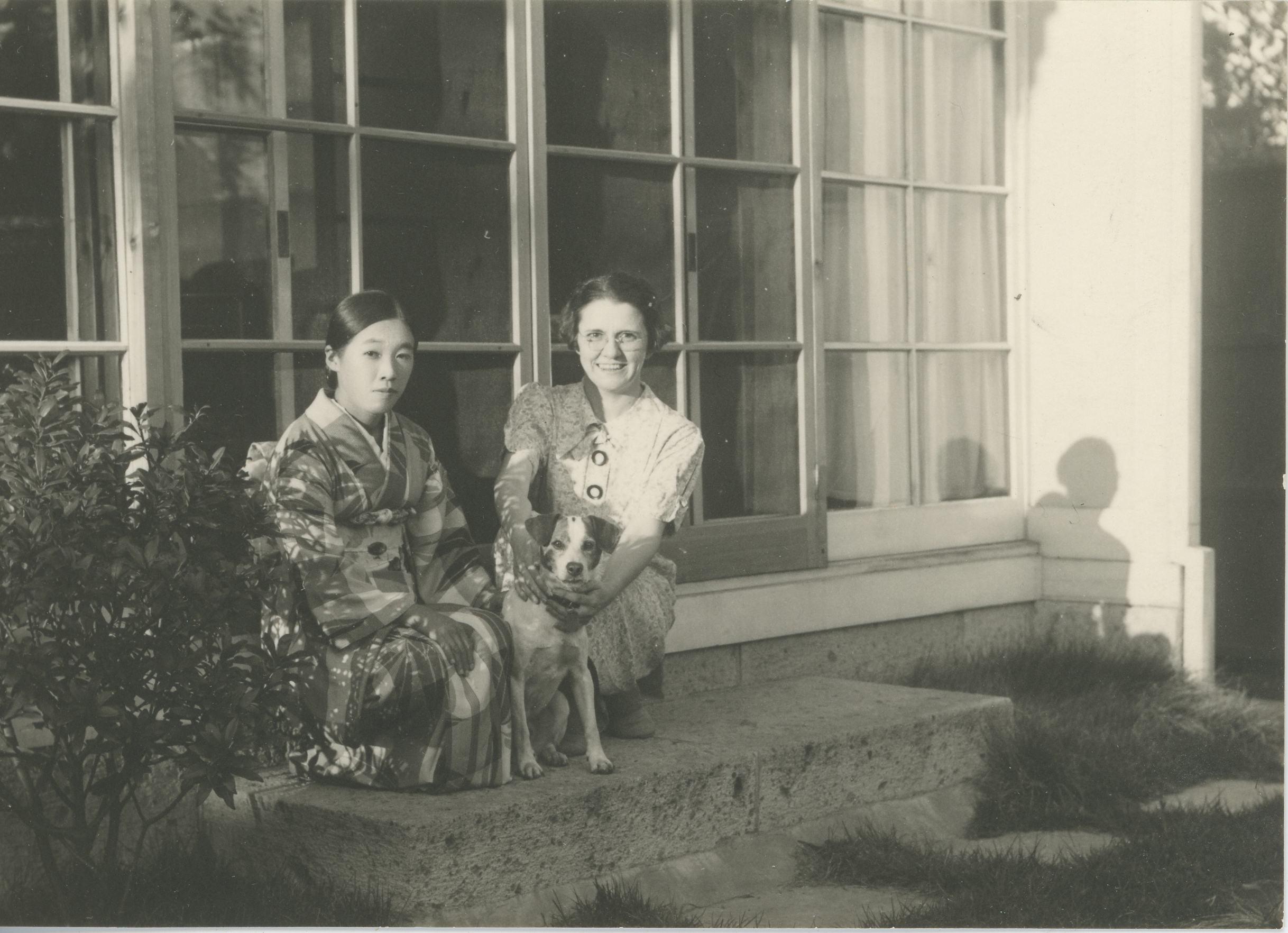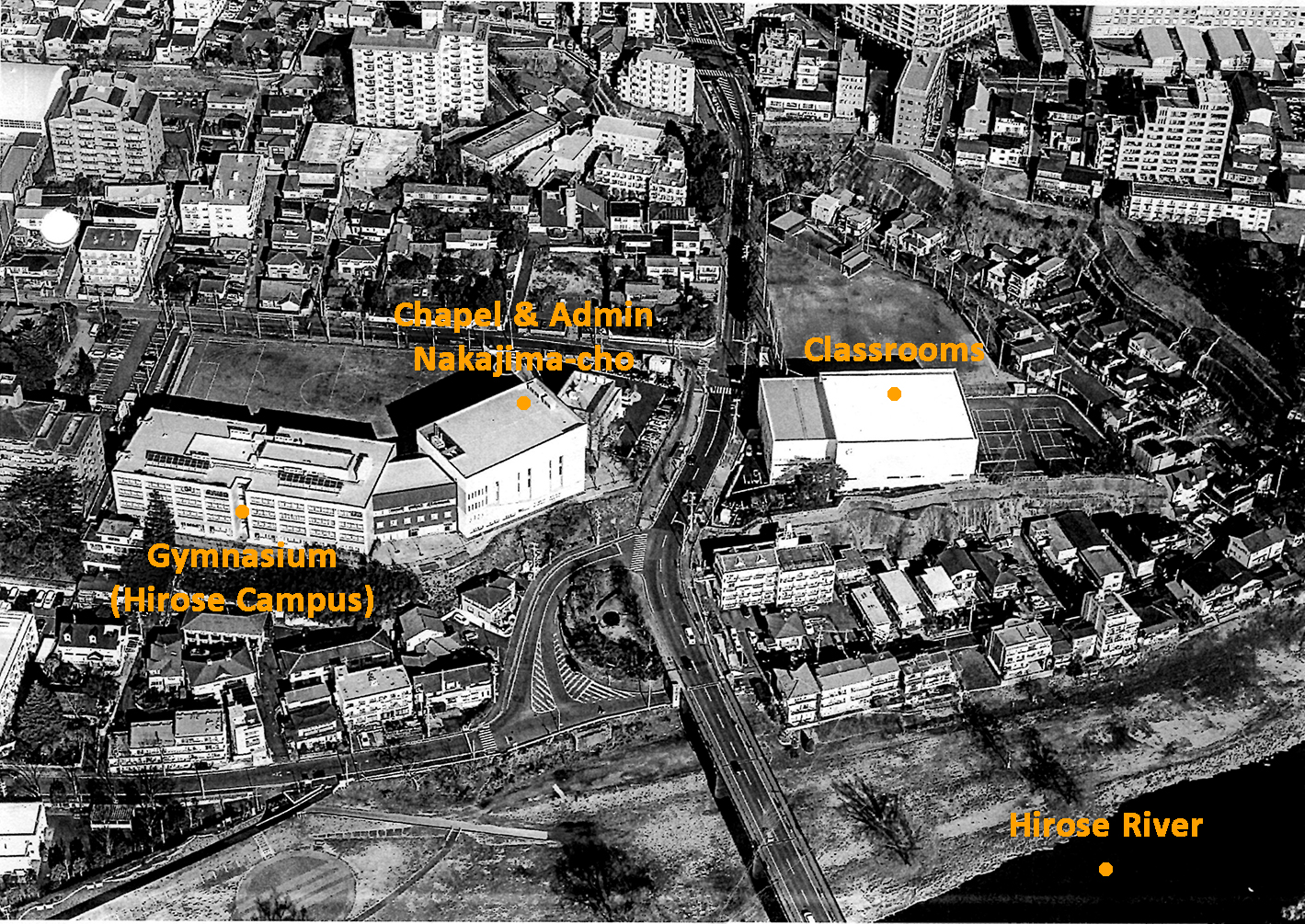
The Story of Mary D. Jesse and Shokei Girls' School
Mary D. Jesse, a woman from a family of means, abandons everything to follow her vision to help lift the burden of Japanese girls during a time when education was a privilege and not a right. She is a model of faith, perseverance, and leadership, who discovers God’s guidance in difficult experiences.
A Flower with Roots is a compelling account of the resiliency of a mission school where the love and loyalty of students shines through, even as the school leadership is embroiled in endless drama in management and personal relations.
Who this Book is For
If you are interested in:
- gaining an appreciation of how mission, culture and character intersect leading to changed lives.
- observing how the drama of misunderstanding, misery and pain leaves scars, but can also lead to a chance for renewal and rebuilding.
- learning how evangelism through education had incredible results compared to church growth in Japan.
- gaining a greater understanding and appreciation of challenges faced by a US mission agency managing an indigenous school through its missionaries in the early twentieth century.
- a person with a Baptist background, overseas mission oriented background or have Baptist denominational experience
- an advocate/supporter of overseas mission, particularly in the country of Japan
- a missionary involved in education in any country
- an educator in the USA interested in the development of education
- a person interested in how the Gospel was spread, historically
- a history buff of any kind!
- a lover of Japan
. . . then this book is for you!

About Roberta
Roberta Lynn Stephens is a retired American Baptist missionary to Japan. She served at Shokei Gakuin, Sendai, Japan as a teacher and board member for twenty-nine years. She is the author of Nezuita Hana in Japanese (2003), and co-authored An Invitation to Kokeshi Dolls (1981).



